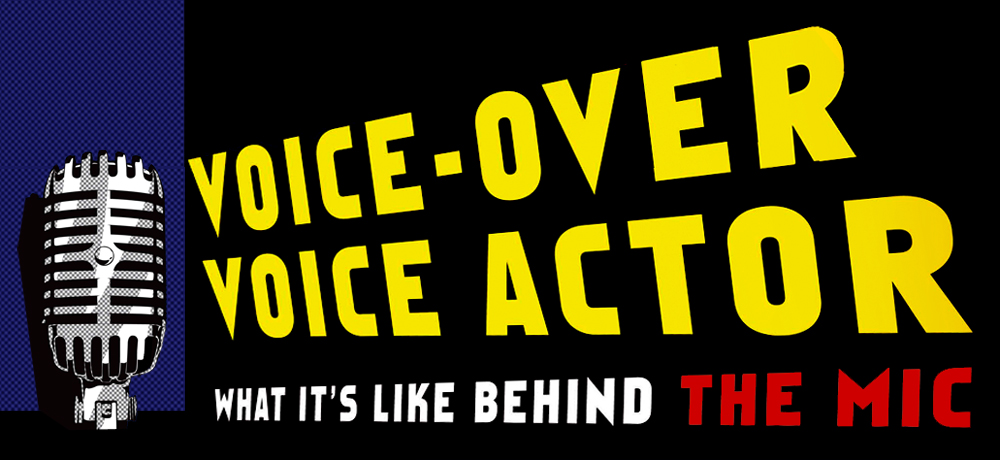Take Action #27: Getting your own practice copy together
1. This exercise is to help you begin to compile your own practice copy for you to work on and then eventually use to create your commercial or animation demo reel.
2. For commercial copy, find magazines, see which ads visually pop out at you and write down the advertisement (or if the magazine is yours, pull the page out). Remember that print copy reads differently from commercial audio copy, so use the print as a starting point and then make slight adjustments to help the line flow.
3. To build animation copy, find an inanimate object in your house, then begin to write a monologue or conversation this object/character might have with you about its needs or hopes or dreams. Another wonderful way to create animation copy is to write down your favorite characters from animated shows, then rename them and make changes to what you know of their experiences, then try building a history or story for them that you find interesting.
4. Note which type of ad goes with the different types of commercial types (hard sell, soft sell, partner read, tag, etc.) also review your animation copy to see what types of characters you’re showing off and make sure you have some variety that works with your voice.
5. Put all your found (and massaged) copy into a binder, and practice randomly flipping to different pieces and reading and performing them as you would if you were in the booth.
Wonderful. You’ve had the chance to hone your unique vocal qualities and become more familiar with your natural voice. You’ve also probably gotten to see how your body reacts to a warm-up and how that can better prepare your voice for a session. You’ve read copy and made choices and have begun the process of building your own personal stack of practice copy that you can use as you move toward making your demo reel.
Voice-over isn't like it used to be where only 'certain' voices worked, now there are voices of all kinds and varieties to make up the spice of life. Basically, if you are a solid actor, are professional and considerate and you have good mic technique there is no reason you can't work in VO, of course, someone would have to hire you, so you'd need your demo reel ($$$$, time, energy) and most likely you will need to secure an agent to represent you and get you auditions (time/energy) as well as giving yourself as much as an edge as possible by taking classes, practicing your craft, knowing your voice and how to take care of it; so planning a career in voice-over is an investment.
The wonderful world of voice-over allows you to create amazing characters, to teach, to entertain, to offer new alternatives and to go on a whole new adventure. Remember, voice acting just “acting” without the bonus of using your facial expressions or body language to convey something visually, so your intention has to come across with just your voice helped by your imagination. And we all have one of those…
